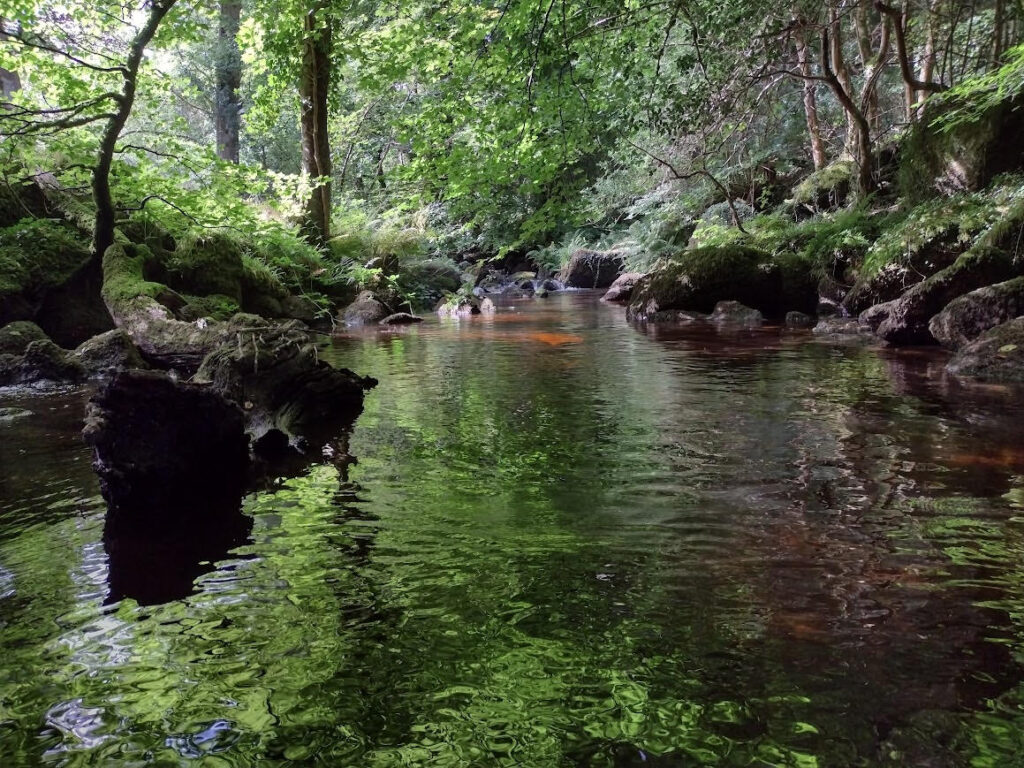Almost the entire length of the river Don and the whole of the Mossat burn within Ardhuncart is designated as a targeted area for urgent riparian tree planting by Scottish Forestry. These are the areas in blue.
We will start planting in 2024. With native broadleaves which are wetland compatible such as willow and alder.
The benefits will include improved habitat for fish, flood reduction, reduced soil erosion and improved bio-diversity. In addition, we will establish a riparian border of 20 meters along the length of the Don. This will help prevent run off of fertilizers and pesticides and prevent erosion by livestock.
The border will lead to a minimal loss of agricultural land (around 2%)


Riparian planting is the practice of establishing vegetation along the banks of rivers, streams, lakes, or other water bodies. This method involves strategically planting native trees, shrubs, grasses, and other vegetation in riparian zones to stabilise the soil, improve water quality, and enhance ecosystem health. Riparian planting plays a crucial role in preventing erosion, reducing sedimentation, and filtering pollutants from runoff before they enter waterways.
Additionally, it provides habitat and food sources for various aquatic and terrestrial species, promotes biodiversity, and contributes to overall watershed health and resilience against flooding and climate change impacts. Overall, riparian planting serves as a natural solution for restoring and protecting the integrity of aquatic ecosystems while offering numerous ecological and societal benefits.
Naturally fallen Large Woody Structure. Tree roots diffuse flow, provide safe habitat for fry, trunk protects against erosion, scour under tree improves spawning habitat.

Natural Large Woody Structure
Dappled shade reduces water temperature